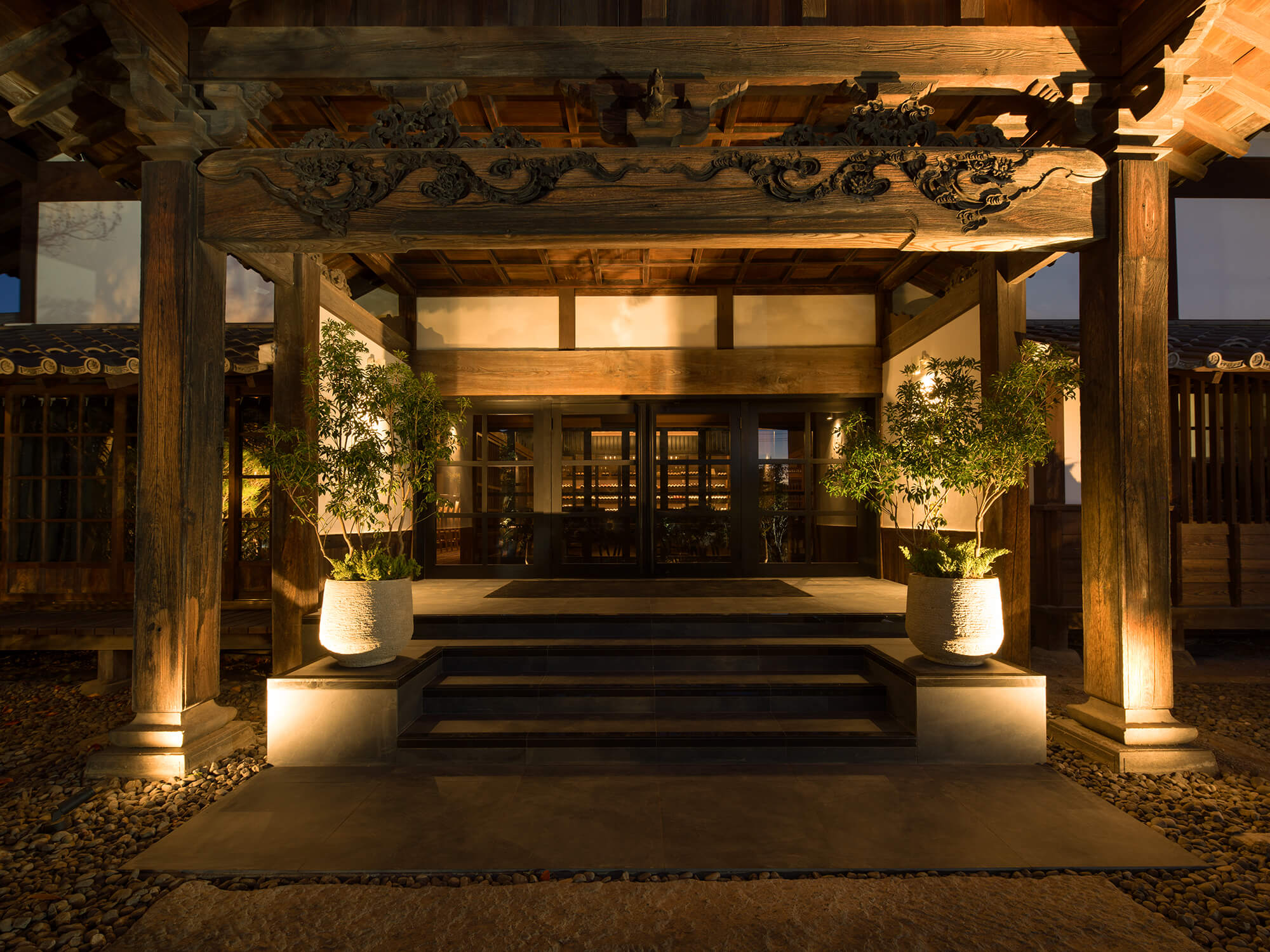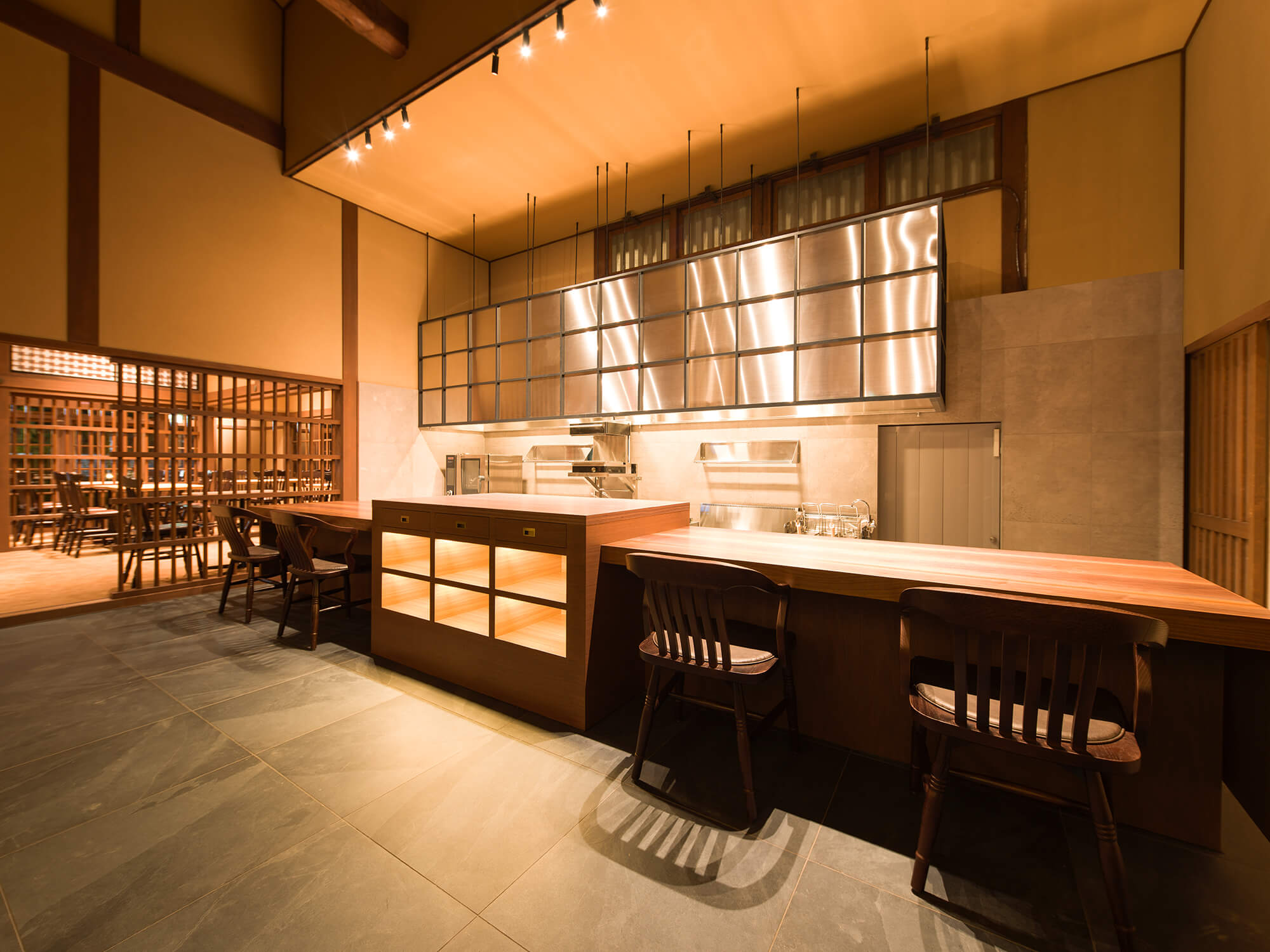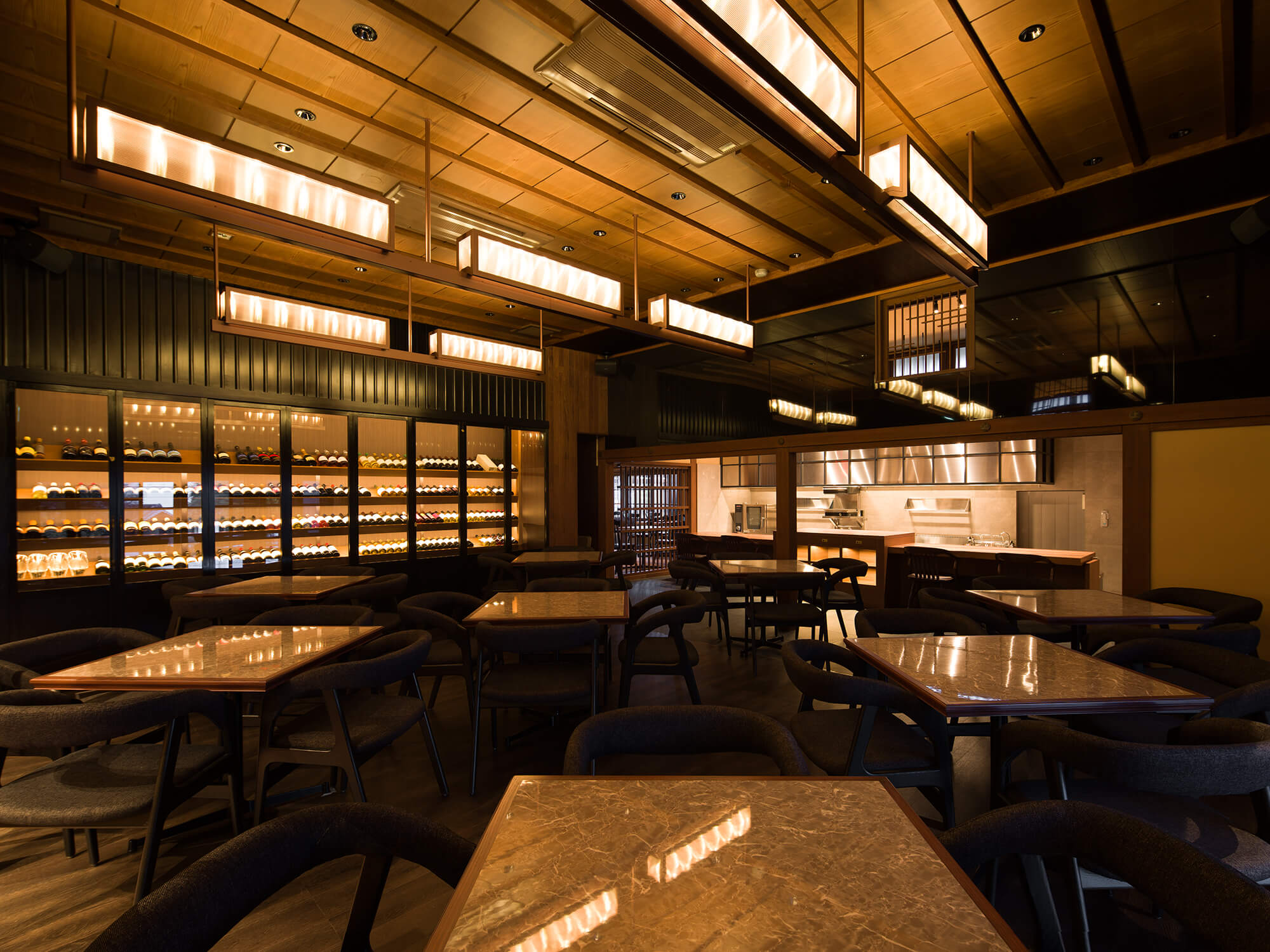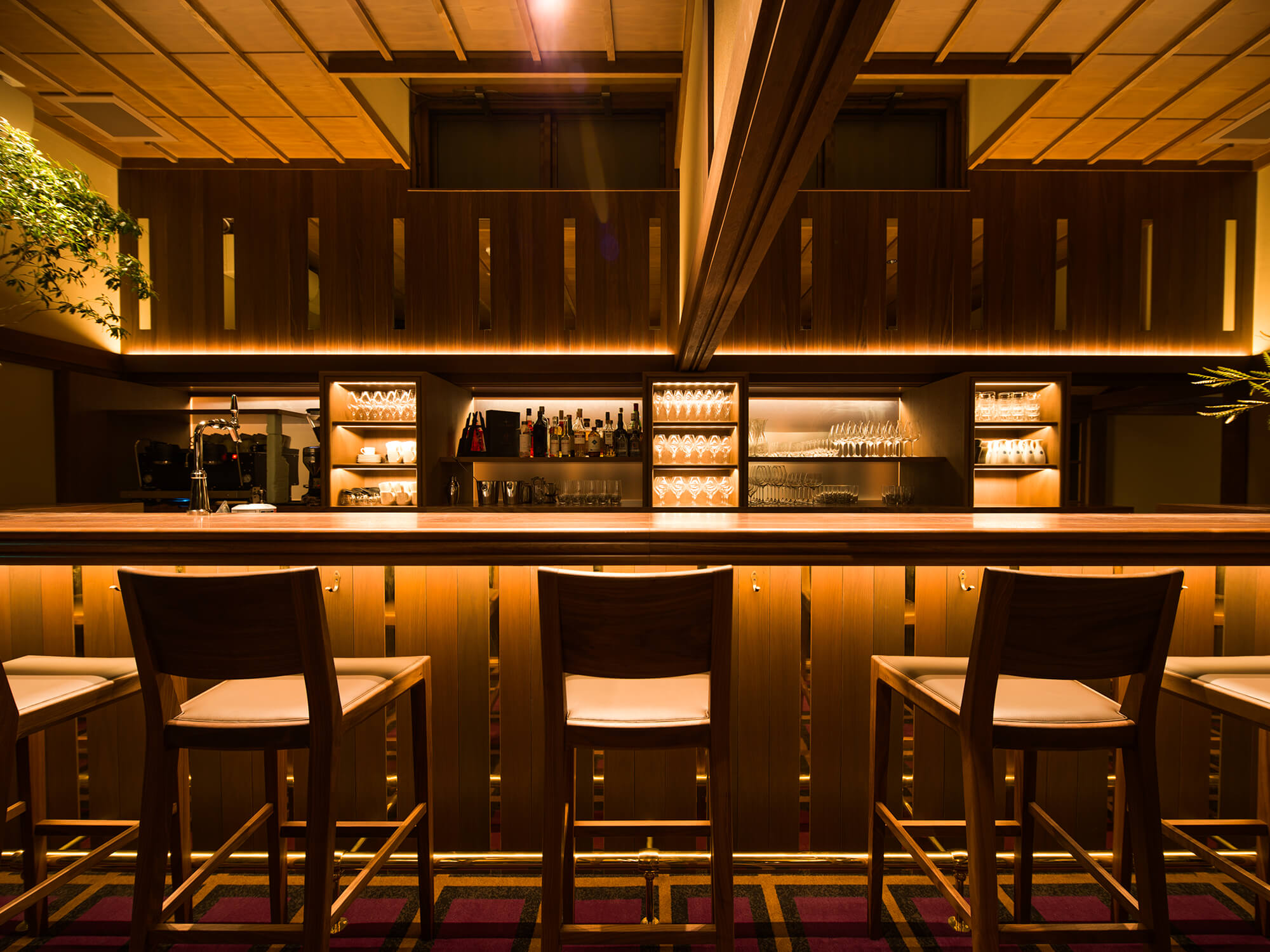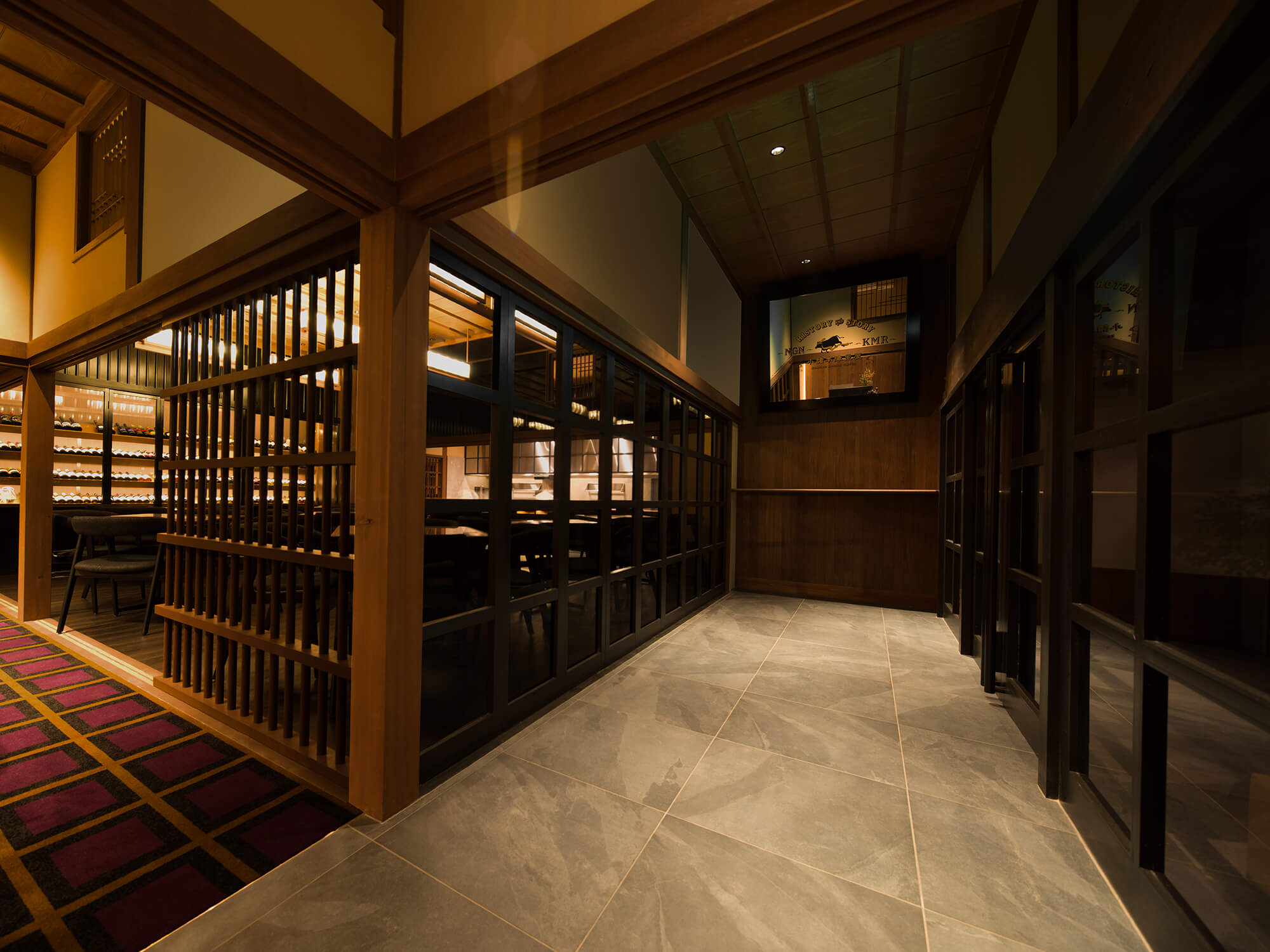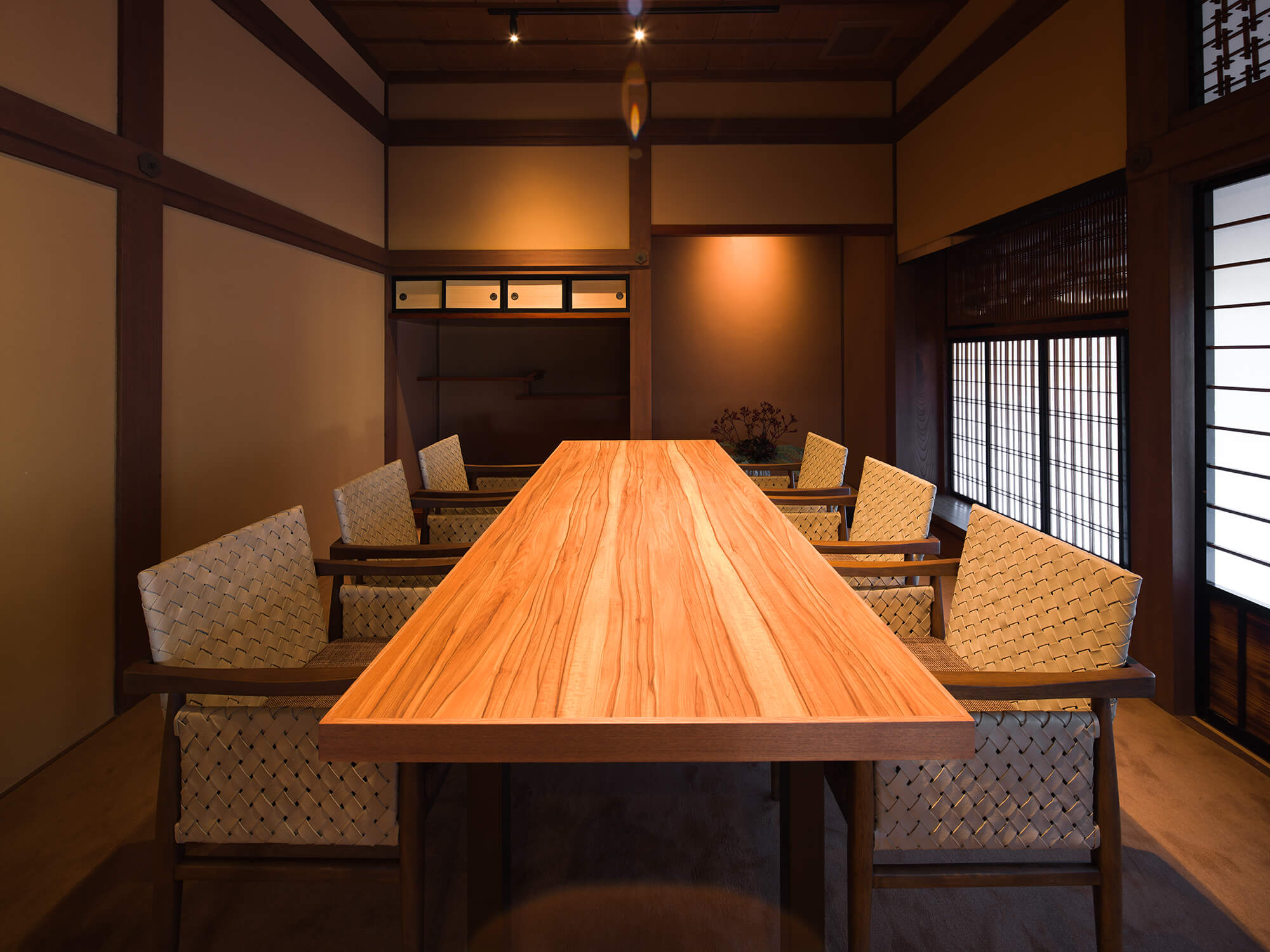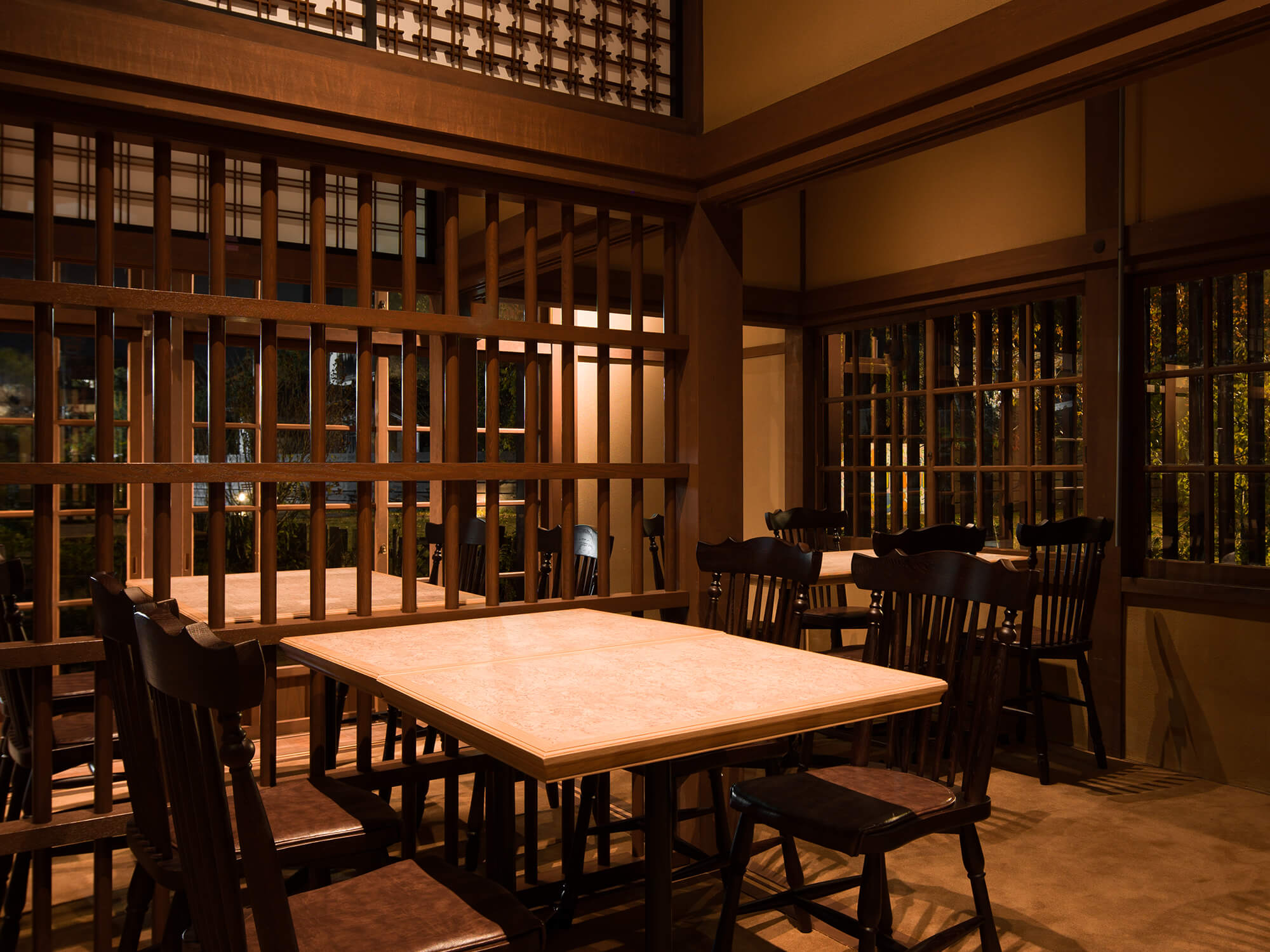Story
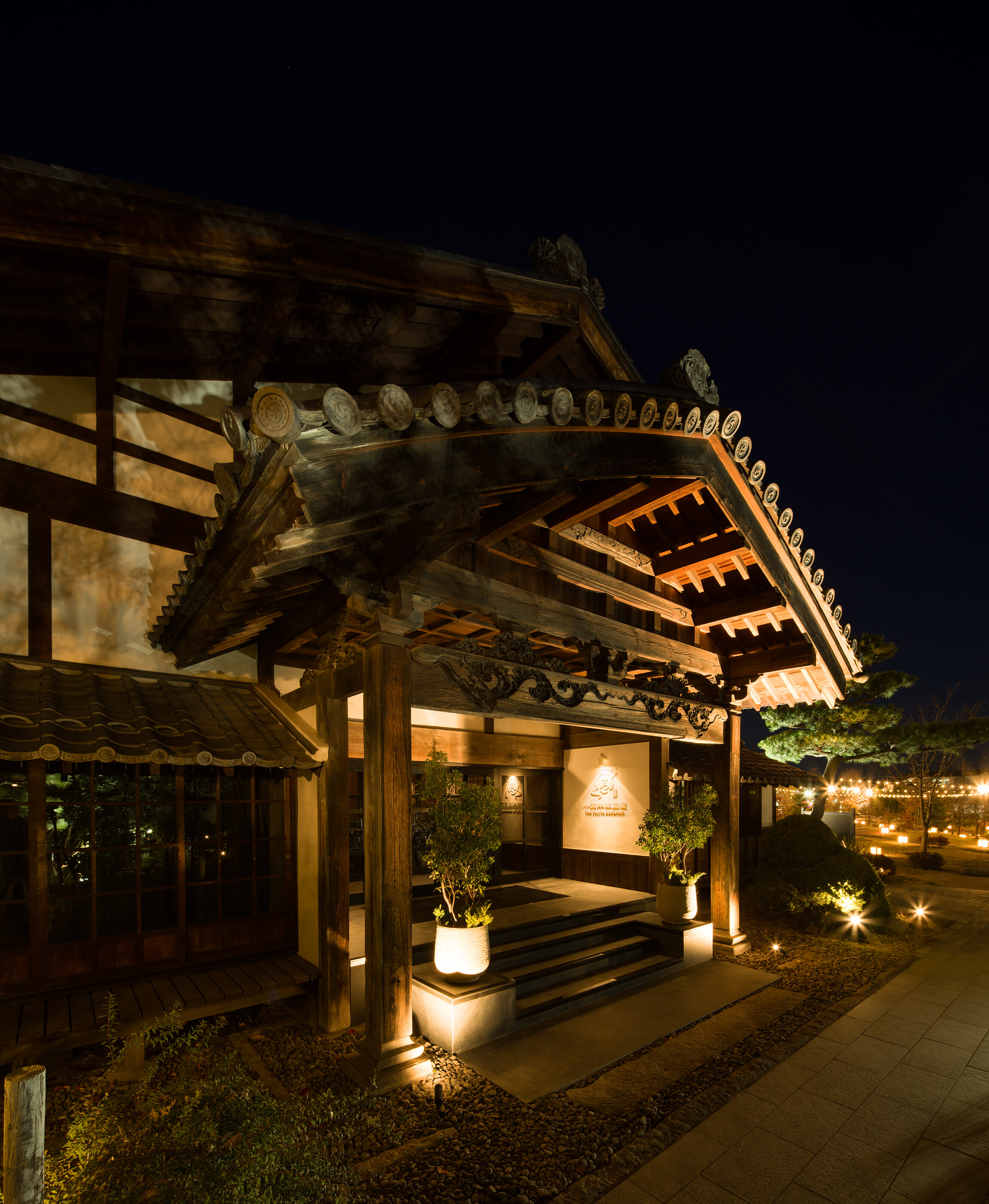
The Komoro Honjin and the Fujiya Honjin of the Zenkoji-juku post town. Situated along the historic Hokkoku Kaido, these two prestigious Honjins mark the beginning of a new era of historical significance.
During the Edo period, the stable Tokugawa Shogunate governed Japan and ushered in an era of peace. Country roads and post towns were developed throughout the nation, and the principal inns, known as 'Honjins', served as resting places for daimyo lords during their official travels, contributing to the prosperity of the regions. Among them, the Hokkoku Kaido, a major artery connecting the Japan Sea and the Pacific Ocean, played a key role in transporting gold and silver from Sado Island to Edo. Also known as the 'Zenkoji Kaido', it attracted many travelers who visited Zenkoji Temple or engaged in sightseeing. The honjin of Zenkoji-juku, the gateway for pilgrims visiting Zenkoji Temple, gained fame as the regular lodging for the affluent lords of the Kaga Domain. The main inn of Komoro-juku, a prosperous commercial town in eastern Shinano, also thrived as a significant facility that included a wholesale market overseeing the post town. These two main inns, reputed to have historical connections, have now come together again, marking the dawn of a new era, fostered by the essence of continuity and change.
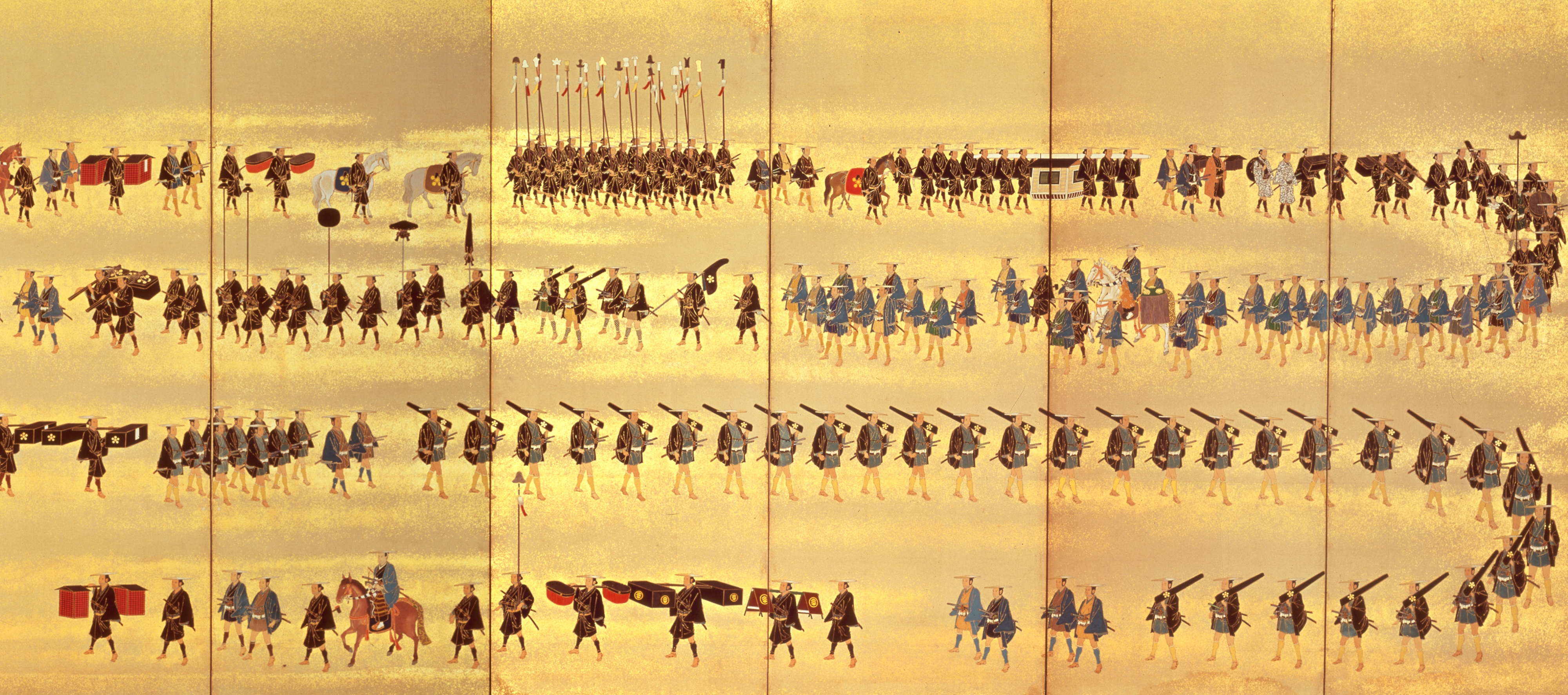
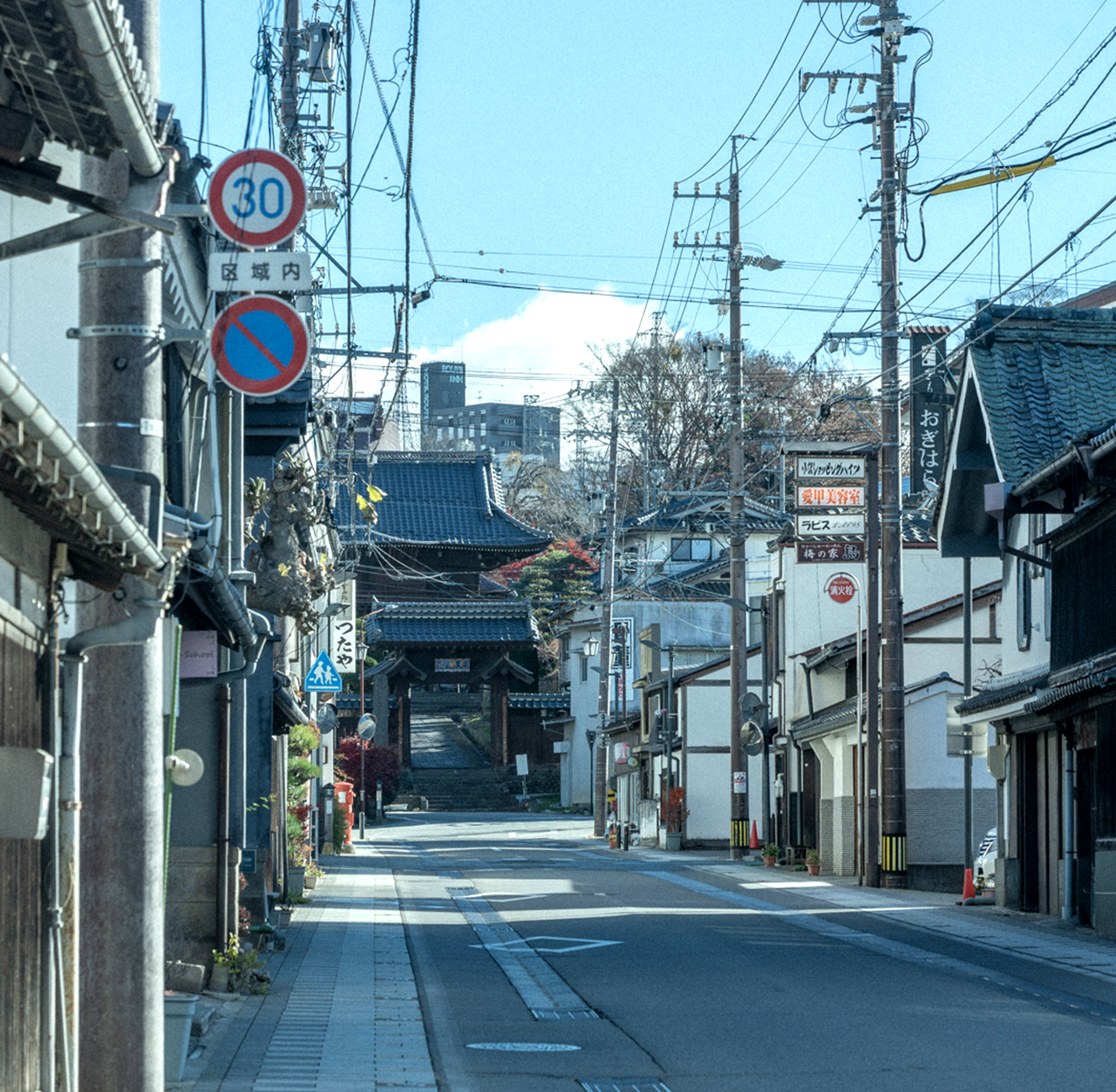
History of Komoro Honjin Omoya
Komoro-juku, evolving from a castle town to a bustling post town near Komoro Castle, has a rich history. Its Honjin, established in the early Edo period, welcomed daimyo processions from various regions, hosting numerous nobles. During the mid-period, it was relocated to the premises of the wholesale market due to the Great Kanpo Flood, becoming the central facility of Komoro-juku and a symbol of prosperity. However, in the Meiji era, it was transformed into a priest's quarters at a temple in Saku City and only returned to Komoro in 1995. This building, dating back to the late 18th and early 19th centuries, has been meticulously restored, reviving a prestigious estate at its present site. In November 2023, capitalizing on the building's historical essence and charm, it was transformed into the 'KOMORO HONJIN OMOYA' restaurant. This renovation, led by THE FUJIYA GOHONJIN of Zenkoji-juku, heralds a new epoch.
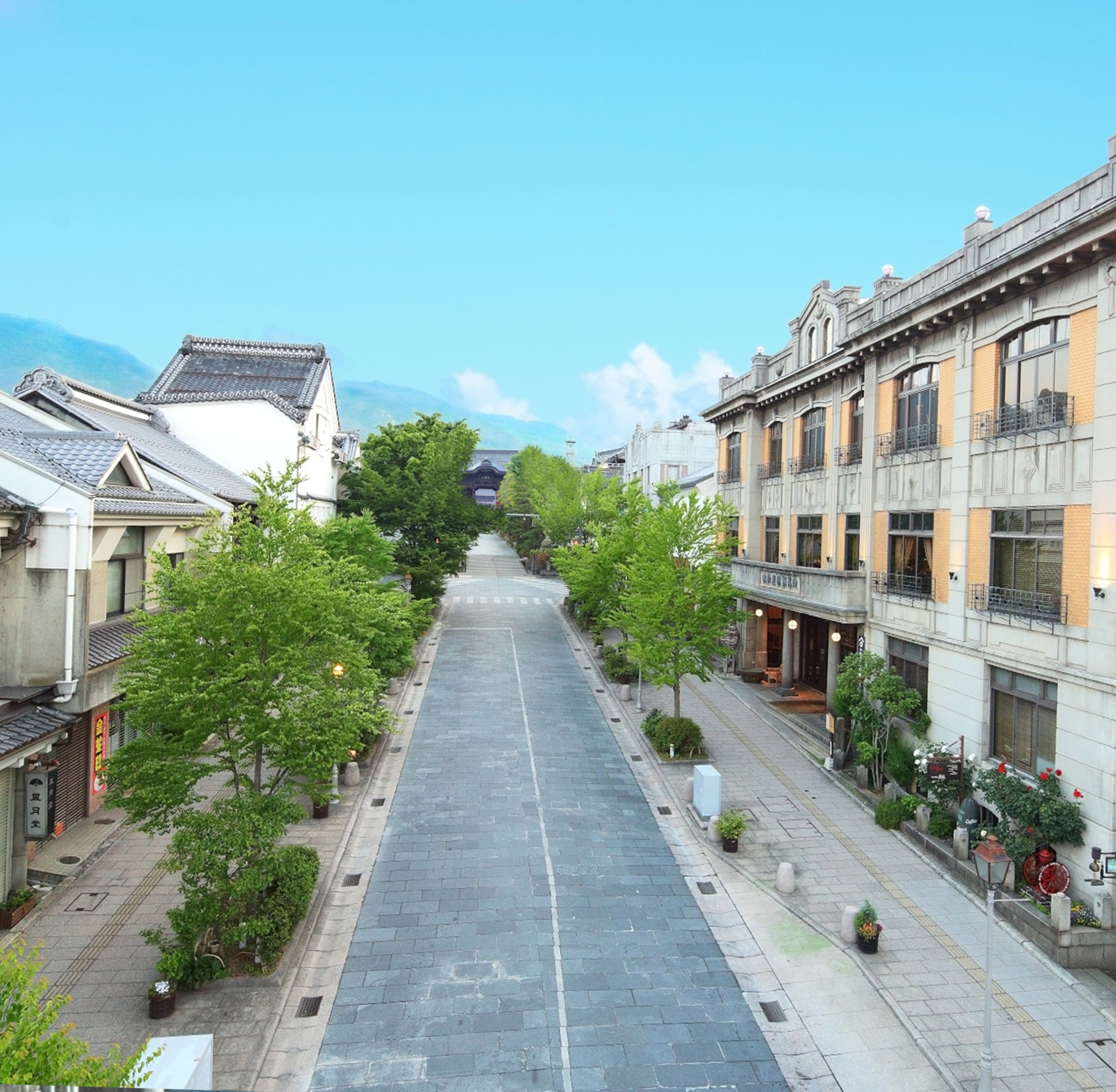
About Fujiya
During the Edo period, the esteemed Honjin inn 'Fujiya', located near the national treasure Zenkoji Temple, was a favored lodging of the Maeda clan, the powerful feudal lords of the Kaga domain. In modern times, it was a preferred retreat for notable personalities such as Prince Arisugawa, Hirofumi Ito, Japan's first Prime Minister; Yukichi Fukuzawa, the educator and founder of Keio University; and Eiichi Shibusawa, known as the father of modern Japanese capitalism. In the Taisho era, the inn was reimagined, merging the opulent Art Deco style of the period with traditional sukiya-zukuri architecture, captivating the admiration of many.
Retaining its unique Taisho-era romance and modern flair, the inn shifted in spring 2006 from a ryokan to a restaurant and wedding venue. Upholding the spirit of embracing change while preserving tradition, it was reborn as 'THE FUJIYA GOHONJIN'. Committed to 'enhancing joyful moments', this ethos of hospitality is also embraced by 'KOMORO HONJIN OMOYA'.


